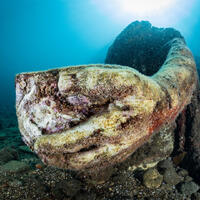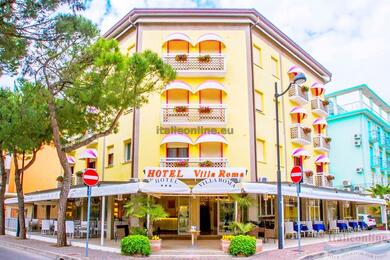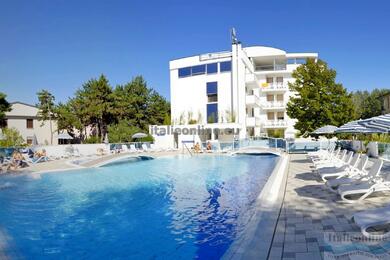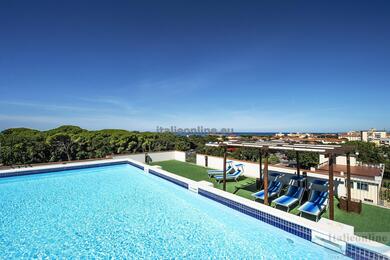The history of gondolas
The history of gondolas dates back to the early Middle Ages. The first references to gondolas date back to the 11th century, when they were used as the main means of transport in the Venetian lagoon. At that time, gondolas were more varied than today, as they served different purposes, from transporting goods to private rides. With the development of Venice as a commercial and cultural centre, gondolas became an important part of city life.
Development and construction
Gondolas as we know them today began to take their characteristic form in the 16th century. They are approximately 11 metres long and 1.40 metres wide, making them ideal for manoeuvring in narrow canals. Their unique design (asymmetrical shape and specially curved hull) allows for easy navigation and stability. Their left side is longer than the right. This unusual design ensures that the gondola moves straight despite the gondolier paddling on one side only.
The gondolas are handmade and each piece is unique. The process takes approximately 400 hours to complete. Eight different types of wood are used to make the gondola, including oak, mahogany, cherry and larch.
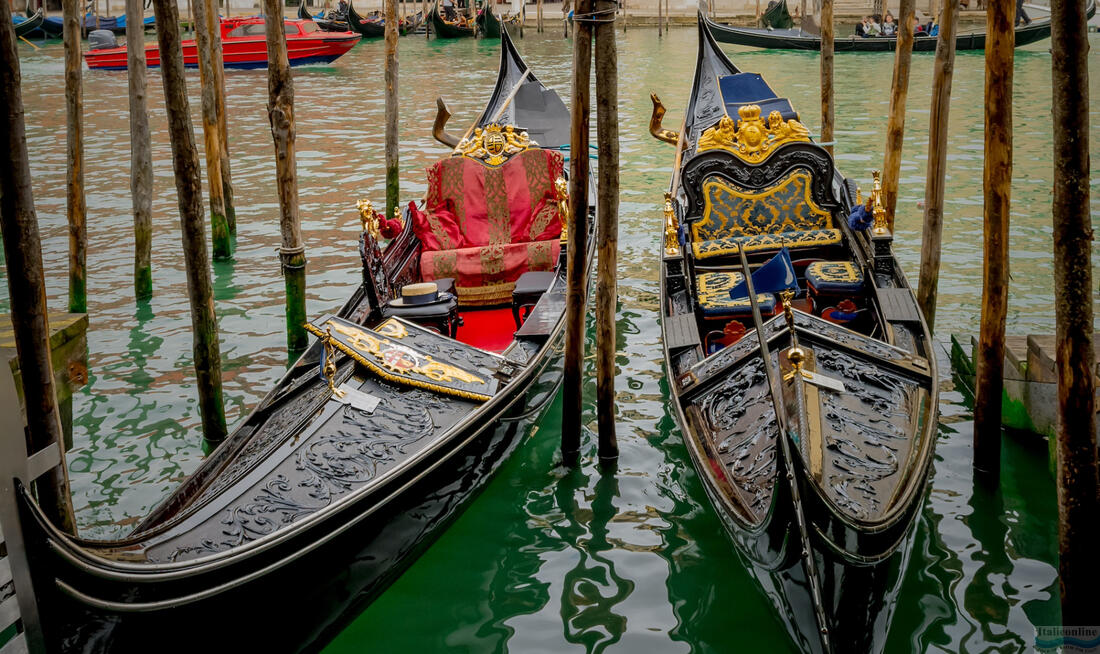
Gondolas are traditionally black. This tradition began in the 17th century when the Venetian government banned the use of other colours as a symbol of modesty and respect. At that time, the gondolas were emphasized for their luxurious decoration, but black was mandated as the only permissible color. On the front of the gondola is a metal element called "ferro". But this piece of metal is not just for decoration, its six fingers symbolise the six districts of Venice (sestiere) and also represent the crest of the Venetian Republic, as well as ensuring that the gondola has stability.
An experienced gondolier, who masters the art of steering the gondola with a long paddle, is an essential part of this traditional transport.being a gondolier is a prestigious profession in Venice. In order to become a gondolier, one must undergo rigorous training and examinations. In addition to technical skills, future gondoliers also learn the history of the city and foreign languages. Previously, gondoliers were only men, but in 2010 Giorgia Boscolo became the first licensed female gondolier in the history of Venice, breaking a centuries-old tradition of male dominance in the profession.
Gondoliers have their own uniform code, which includes the traditional striped shirt (red or blue) and black trousers. In the summer months they may wear a wide-brimmed hat.
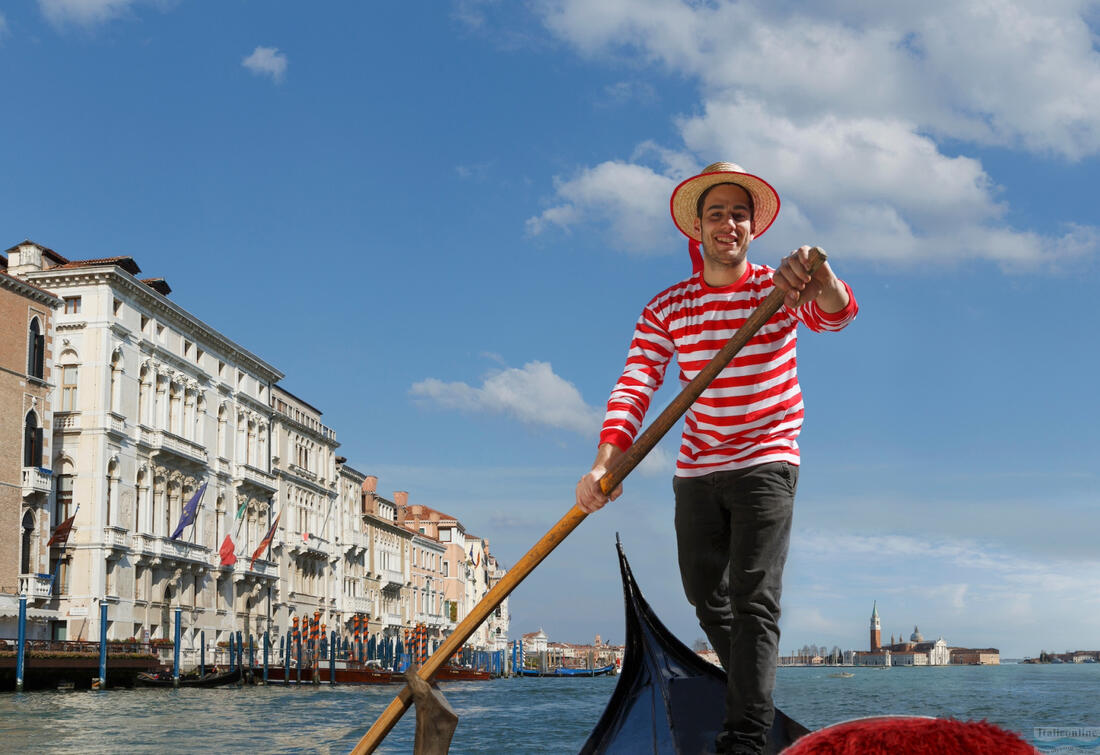
Gondoliers today
Today, gondolas are still an important part of Venetian life, but their role has changed. While in the past they were a common means of transport, today they serve mainly tourists and romantic couples. For many visitors to Venice, a ride in a gondola is an unforgettable experience that gives them a glimpse into the historical and cultural heart of the city.
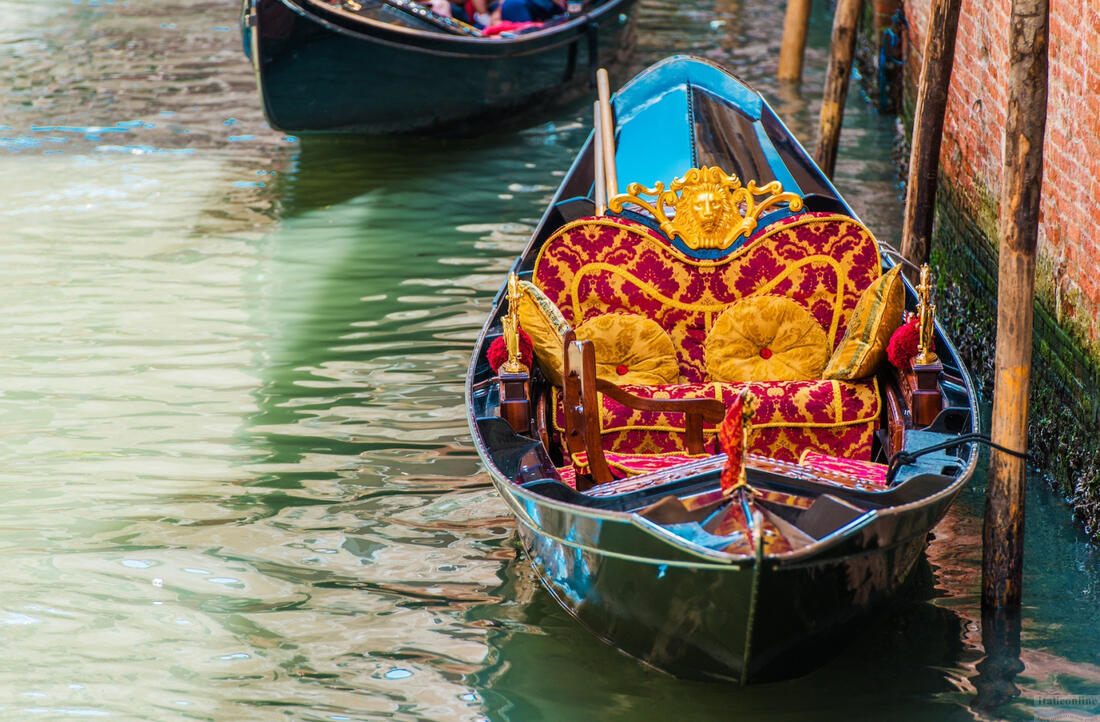
Throughout Venice you will find official gondola docking points, especially around the main tourist attractions such as St Mark's Square, the Rialto Bridge or the Grand Canal. Here you can easily negotiate a ride directly with the gondolier. It is also possible to book a cruise directly at the hotel if you are staying there. Some luxury hotels even have their own gondolas for their guests.if you prefer to plan ahead, you can book your gondola ride online through various tourist websites.
The price for a gondola ride in Venice is regulated, but can vary depending on the time of day and length of the trip. It ranges from €90 for the whole gondola (which can hold up to 5 people) for a 30-minute ride during the day (until 19:00). After 19:00, the price increases to around €110 for 30 minutes.many gondoliers offer special romantic packages that include a ride accompanied by live music (usually a singer and an accordion player) or even a bottle of champagne. These packages can cost around €150-200. If you book a gondola locally, it may sometimes be possible to negotiate a slightly lower price or a longer cruise time, especially outside the peak tourist season.it is always a good idea to confirm the length of the cruise and price with the gondolier in advance.
Venice is considered one of the most romantic places in the world, so it's no wonder there is a tradition that if a couple kisses under any of the canal bridges on a gondola ride, their love will be everlasting.


